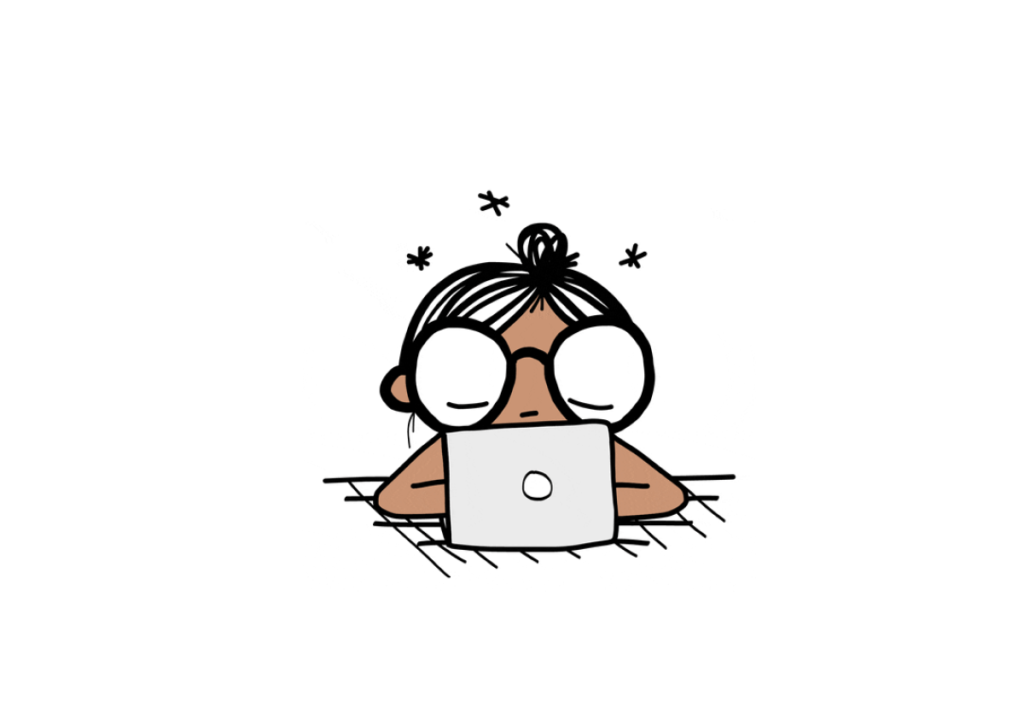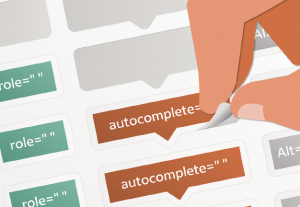- Behavioral Science, Design, Emotion, Human factors, Personal and Professional Development, Usability, UX Magazine
What is identity and how to define it?
Article by Nima Kamoosi
How humans understand identity
- This article explores the different aspects of how a typical user understands concepts related to identity.
- In order to explicitly understand abstract terms like “identity”, Nima Kamoosi**,** Founder at Universal Identity, suggests looking closely at the following points:
-
- Definitions (reiteration of the basic terms and concepts)
- Economic activities and mental models (our mental models have evolved with significant influence from the economic activities that help sustain us and our societies)
- Multi-identity (a person’s self-identity morphs depending on the context of the social circle or context it is embedded in)
- Identity as a tool (identity-related artifacts and tools)
- The ultimate goal of understanding the mental models of typical users is building intuitive identity systems and applications.
Share:How humans understand identity
Share this link
- February 8, 2022
13 min read







